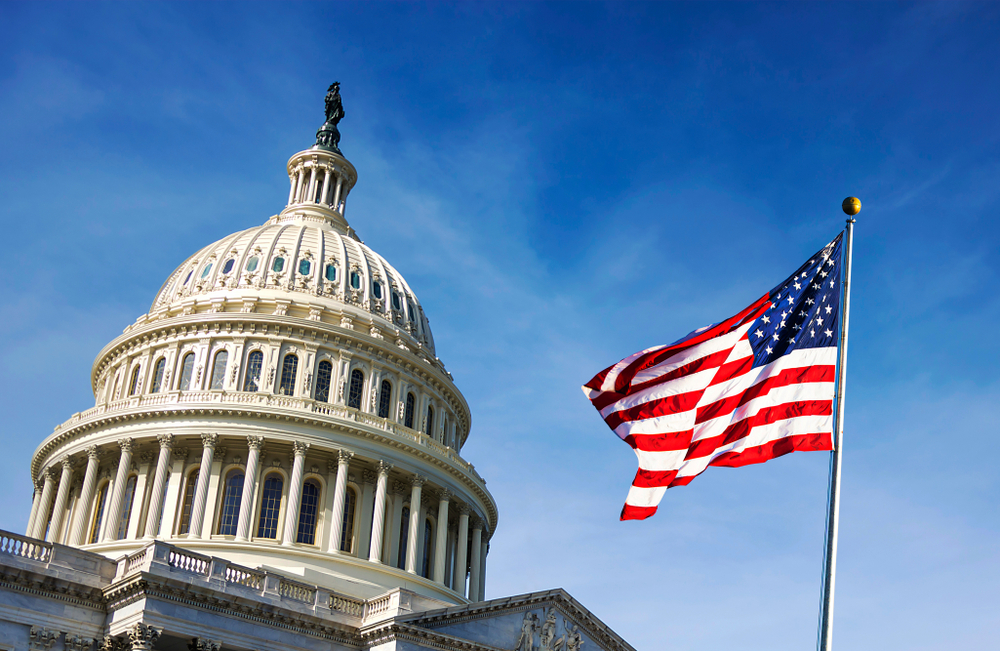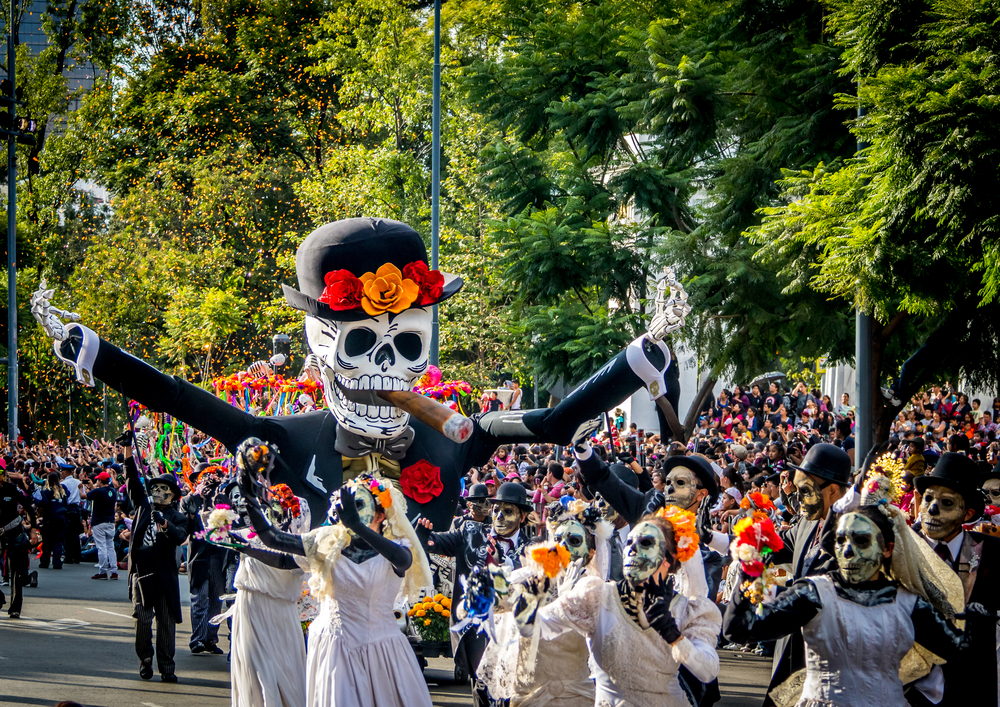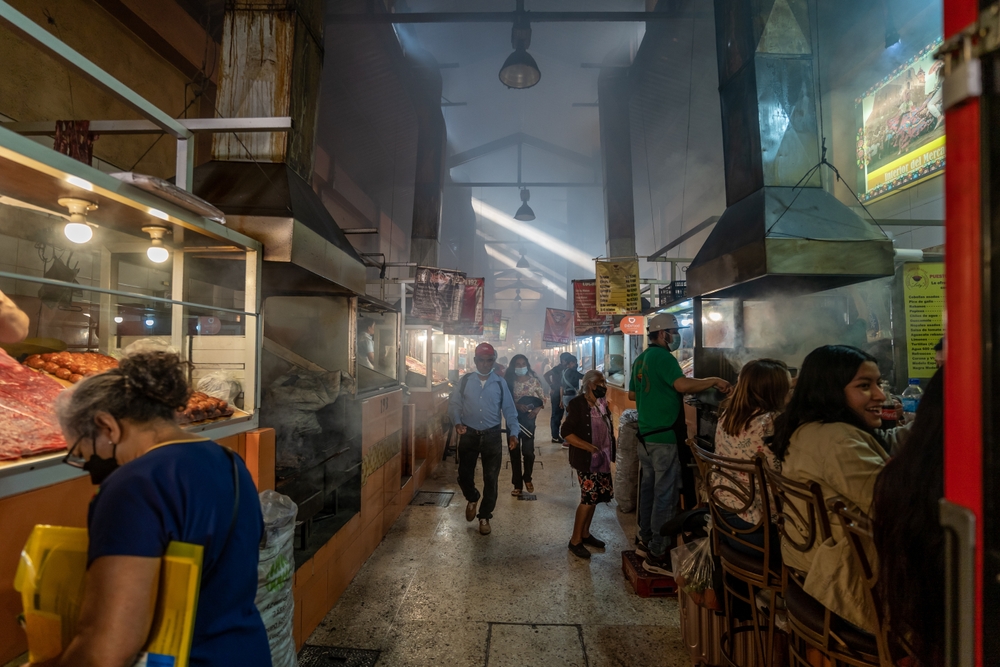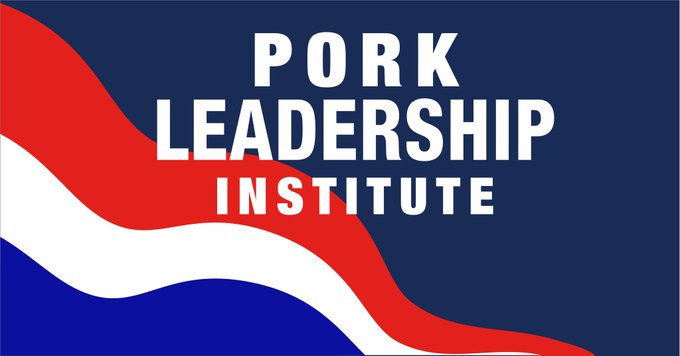Pork is an industry fortunate enough to have many experts that built it still working in the field, but as farming continues to advance into an age with more tech, research, and political pressures, it can be difficult for new generations to find their footing as leaders in the industry. When in search of training that can address these new needs, however, farmers should consider the Pork Leadership Institute®, an intensive professional development program geared toward helping today’s producers become tomorrow’s leaders. Phil Hord of Hord Family Farms® and John Wesley Hairr of Murphy Family Ventures® speak on their experiences and takeaways within the program.
Expectations of the Experience
Beginning with the application process itself, the Pork Leadership Institute evaluates candidates and selects between 15 to 20 to participate in the months-long program, which is a series of travel opportunities and meetings with various experts and entities within the industry.
Hord, based out of Ohio, has already had a varied career in specialties such as grow-to-finish facilities, human resources within farms, and, currently, sow production and nutrition research. However, what drew him to the Institute despite his already busy schedule is the structure of the program, designed to walk its participants through different aspects of the industry and give them a peek behind the curtain at the inner workings of pork’s biggest organizations, such as the National Pork Board® and the National Pork Producers Council® (NPPC).
Wesley, who currently works as a recruiter for Murphy Family Ventures, became interested in the program after hearing about his cousin’s experience with it the year before his. Like Hord, he was interested in learning more about the bureaucracy of pork and was surprised at the depth of knowledge offered to him, not to mention the program’s hands-on approach to instruction. It’s “mind-blowing how big that pork family is,” he said of the experience.
Trip 1: National Pork Board – Des Moines, Iowa
Although the trips and workshops offered throughout the program change from year to year, Hord and Wesley’s trip began in Des Moines with an event titled “Charting the Course” that took them to the National Pork Board’s office. This section of the program was dedicated to outlining the trips and topics that would come up in the following months, and it also gave participants their first chance to get to know one another. Wesley notes that, in those first days, the group was quiet, but by the end of the first Des Moines trip, everyone was starting to warm up to one another—a process that would continue moving forward.
More than meeting other participants, however, this was also the Institute’s first foray into its countless networking opportunities. Wesley even noted that, by the time he left, he’d been given a list of so many people doing so many interesting, beneficial things for the industry that it was difficult to keep track of them all, but that process wouldn’t stop there either.
Trip 2: Capitol Hill – Washington D.C.
The second Institute trip to Washington D.C. allowed participants to speak directly with national representatives (and/or their staff members) about the issues impacting pork, and both Hord and Wesley note how impactful the trip was. Specifically, Hord recalls the biggest piece of advice participants were given about how to approach representatives: “Never leave without making the ask…It’s a whole different game when you’re actually doing the talking.” Legislators may not be able to deliver, but he feels that you should never waste the chance to make sure they know what their constituents want.

This trip with the Institute coincided with NPPC’s biannual trip to Capitol Hill to do the same with other producers, and Wesley said this trip was his favorite experience of the Institute’s programming. “If we’re not out telling our story, being seen, and advocating for what we need to be successful, no one’s going to do it for us,” he explained further. As someone passionate about making his voice heard, he found the chance to collaborate with others in the field invaluable, particularly when the groups he spoke with presented a united front on several key issues impacting the industry, such as preventative measures against African swine fever and the reform of the H2A program. It’s something Wesley would like to do again in the future, and it’s something he encourages others to do as well.
Trip 3: World Pork Expo – Des Moines, Iowa

By the time Hord and Wesley’s group came together again in Des Moines for the World Pork Expo®, the participants were gelling together and were able to explain themselves and their ideas better to people they felt comfortable with. During this third trip, while also touring the Expo, the Institute focused on media training for participants, having them practice answering interview questions on the spot, receiving critiques on their answers, and practicing again. Similarly, this trip also taught participants how to effectively present to make their voices heard, from scanning a room properly to speaking concisely. Hord and Wesley both found this curriculum helpful, if intimidating. “It’s one thing to talk to folks. It’s another when you’ve got an audience…It was great,” says Wesley.
Trips 4 and 5: Prop 12 – Chicago and an Optional Experience
On the fourth trip with the institute, participants were invited to Chicago for an all-intensive examination of Prop 12. For Hord and Wesley, this was an opportunity for even more bonding than had already happened over the past few months, such as a late-night trip to the Bean, where the group learned that the attraction is guarded and gated off after a certain time of night.
Hord and Wesley spoke in passing about a fifth, optional trip that sent certain members of the group back to D.C. to speak with legislators alongside others from the NPPC. After these, however, came the final, farthest trip of the experience.
Trip 6: U.S. Meat Export Federation – Mexico City, Mexico
For this last journey, Hord and Wesley were pleasantly surprised to discover that their time abroad overlapped with the Mexican celebration of the Day of the Dead, so they received full cultural immersion while simultaneously studying the export of U.S. pork to Mexico and what the pork industry looks like in another country.
Hord and Wesley quickly discovered that demand in Mexico for pork produced in the States has supported the industry tremendously in the past few years, and Hord in particular enjoyed seeing the excitement for U.S.-made pork from an outsider’s perspective.

While in Mexico City, the U.S. Meat Export Federation® offered Institute participants a cooking demonstration according to their preparation guidelines, complete with a set-up where participants could cook pork chops and kebabs for themselves. The goal of this experience and others that the Federation offers was advancing how to cook pork in people’s minds to turn them onto the product. With this event, the Federation invited various buyers and distributors of pork so that participants could continue their ongoing networking via the program, but the Federation also took Institute participants to various grocery stores throughout the city.
“It was kind of insane to see how much they were highlighting U.S. pork,” remarks Hord. Indeed, there were brands for packets of pork in grocery stores to indicate which were produced in the States, and this has built trust in consumers that the product is a safe, clean meat to eat. Even more than that, however, Hord and Wesley highlighted various innovative ways Mexican stores were advertising pork, such as organizations that list it as a lean protein and even grocery stores with health coaches that describe how eating pork can support a healthier lifestyle.
Outside of traditional grocery stores, however, Institute participants also got a taste of Mexico City’s sprawling open-air markets. As the fifth largest city in the world, it’s not surprising that commerce is scaled up accordingly, but Hord and Wesley were shocked to learn that nearly 50% of all pork sold in Mexico is bought in traditional markets instead of grocery stores, a stark difference from the norm in the U.S. However, that difference and the learning both men gained from it were highlighted as an incredible benefit of the trip and working with the Institute.

As far as what advice the participants have for anyone interested in the Institute, Wesley says “Make sure you’re prepared to take it all in.” The program puts participants in touch with experts from around the globe, and being able to utilize their knowledge and make those connections is a crucial opportunity they might not get again. Even if it means stepping out of one’s comfort zone, it’s a once-in-a-lifetime adventure. Hord further adds that it’s an incredible chance to meet those in the industry that you otherwise might not have reason to get in contact with, and particularly for participants who are the same age, they are building relationships that will last as long as both parties are in the industry.
Learning what the Pork Leadership Institute has to offer and bringing that back to one’s business is a unique, invaluable avenue for producers to take charge of their careers and experience the world along the way. For any producers looking to apply and discover that for themselves, the National Pork Producers Council offers more information here.
For more information on this topic, listen to Phil Hord and John Wesley Hairr’s full statement on Popular Pig®: Experiencing the Pork Leadership Academy | Phillip Hord & John Wesley Hairr
By Isabella Rivera
—
Want to stay up to date with SwineTech®? Keep an eye on the Popular Pig podcast and the rest of our blog for releases that bring you the freshest cut.
